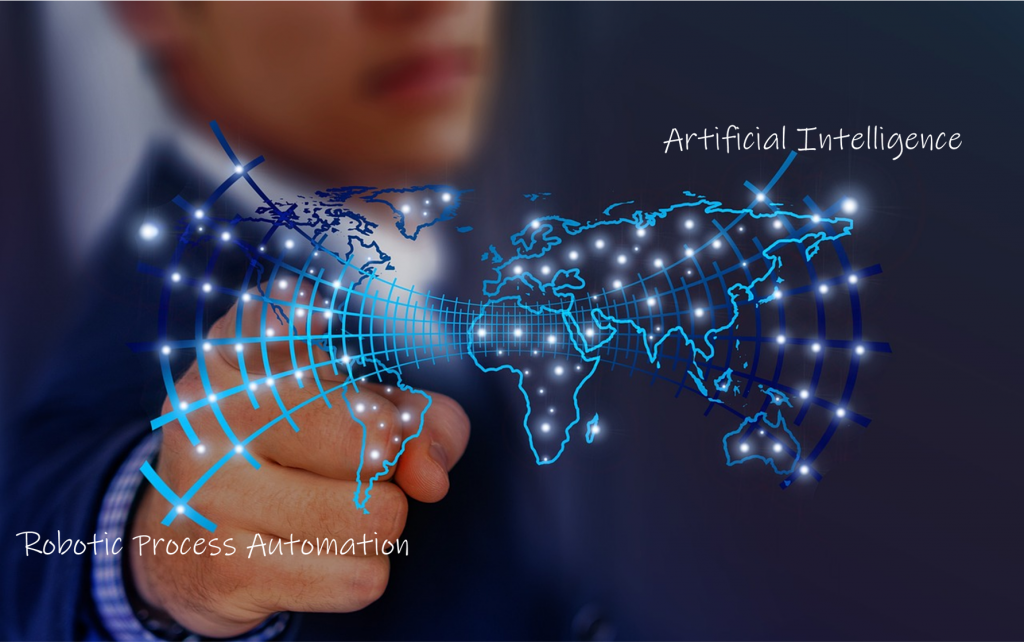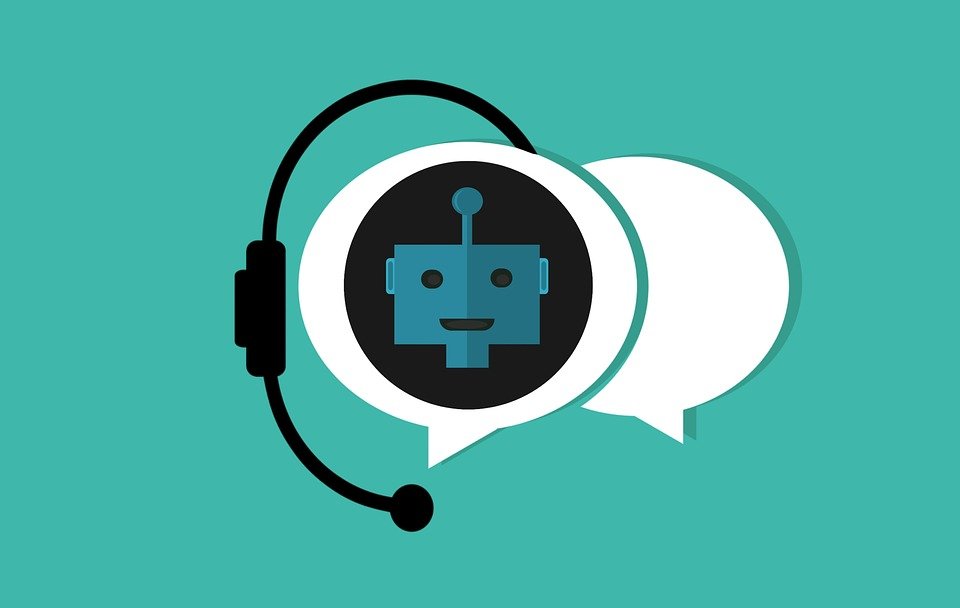Generative AI (Gen-AI) is transforming the RPA landscape, not only opening new possibilities for automation but also redefining the approach to building bots. Its integration with existing RPA practices leads to faster, more efficient, and more intelligent automation processes.
Robotic Process Automation (RPA) as technology has evolved over time from basic desktop automation to essential and critical back-office operations, integration, and business process platforms. Now with the emergence of Gen-AI, it has gone through another wave of advancements.
In an article in Forbes, DELL’s Clint Boulton uses a fantastic analogy when comparing RPA and Gen-AI. He suggests that “At a gala event, RPA is checking the guest list, counting tickets, and monitoring things like room capacity, heating, and lighting.” Then, he states, “Meanwhile, Gen-AI is creating advertising for the event, writing congratulatory speeches for honorees, and having conversations with every guest.”
What is so powerful about this analogy is that it perfectly captures something we’ve all observed in the last year or so. Gen-AI is so interesting and powerful that we can’t help but marvel at its output. However, without someone (RPA) toiling away in the background performing menial tasks, there can be no event, or at least not a functional one.
Here are the emerging trends that Gen-AI brings to the world of enterprise automation today.
Data Generation and Preprocessing
Generative AI can be used to create synthetic data that closely resembles real data, which can then be used for training machine-learning models, including those used in RPA. This helps in cases where sufficient training data is unavailable or limited.
AI-Driven Decision Making
Let the RPA bot handle the data extraction and processing autonomously. By leveraging Generative AI’s ability to analyze complex data patterns, RPA bots can make more intelligent and data-driven decisions. For instance, RPA bots handling inventory management can use Generative AI to predict demand patterns, optimize stock levels, and deliver exceptional accuracy without human intervention
Natural Language Understanding
Generative AI can assist RPA bots in understanding and processing natural language more effectively. This enables RPA bots to interpret unstructured textual data, such as customer emails or social media comments, and take appropriate actions.
Image and Document Processing
Generative AI can help in enhancing or restore images and documents, which can be valuable in document processing tasks performed by RPA bots. For example, RPA bots dealing with scanned documents can benefit from image restoration techniques provided by Generative AI.
Intelligent Process Automation
Combining Generative AI’s intelligence with RPA’s process automation capabilities can create intelligent automation solutions. These solutions can adapt to changing conditions, making them more resilient and effective in dynamic environments.
Enhanced Chatbots
By integrating Generative AI with RPA-driven chatbots, you can create chatbots that not only respond to customer queries based on predefined rules but can also generate more personalized and contextually relevant responses, making the interactions feel more natural.
Conclusion
Gen-AI is transforming the RPA landscape, opening new possibilities for automation and redefining our approach to building bots. Its integration with existing RPA practices leads to faster, more efficient, and more intelligent automation processes.
As we have entered this new era, now is the time to re-evaluate how companies of the future automate their business processes. This is also the perfect opportunity to move your automation program to a modern architecture and leverage the fastest-growing open software ecosystem that ensures you will have access to the latest innovations in the years to come.
Share your thoughts or reach out to have more conversations.


